Porcelain Veneers or Braces ? Which one to Choose
If you want the perfect smile, you have plenty of cosmetic dentistry options to help you achieve the natural smile that features your personality. The question is, which treatment option is the best fit for you? Some of the most popular treatment options that people choose for fixing their smiles are porcelain veneers, and braces. Both are very different in terms of the treatment itself, but they both have fantastic results for those looking for a better, healthier smile. There is arguably no treatment in cosmetic dentistry as versatile and transformative as porcelain veneers.
Orthodontic treatment or dental braces are used primarily for straightening the teeth, whereas veneers help to change the shape, size and the shade of the teeth. In certain cases, you have to combine both the treatments, in order to completely change one’s smile as illustrated the patient case below.
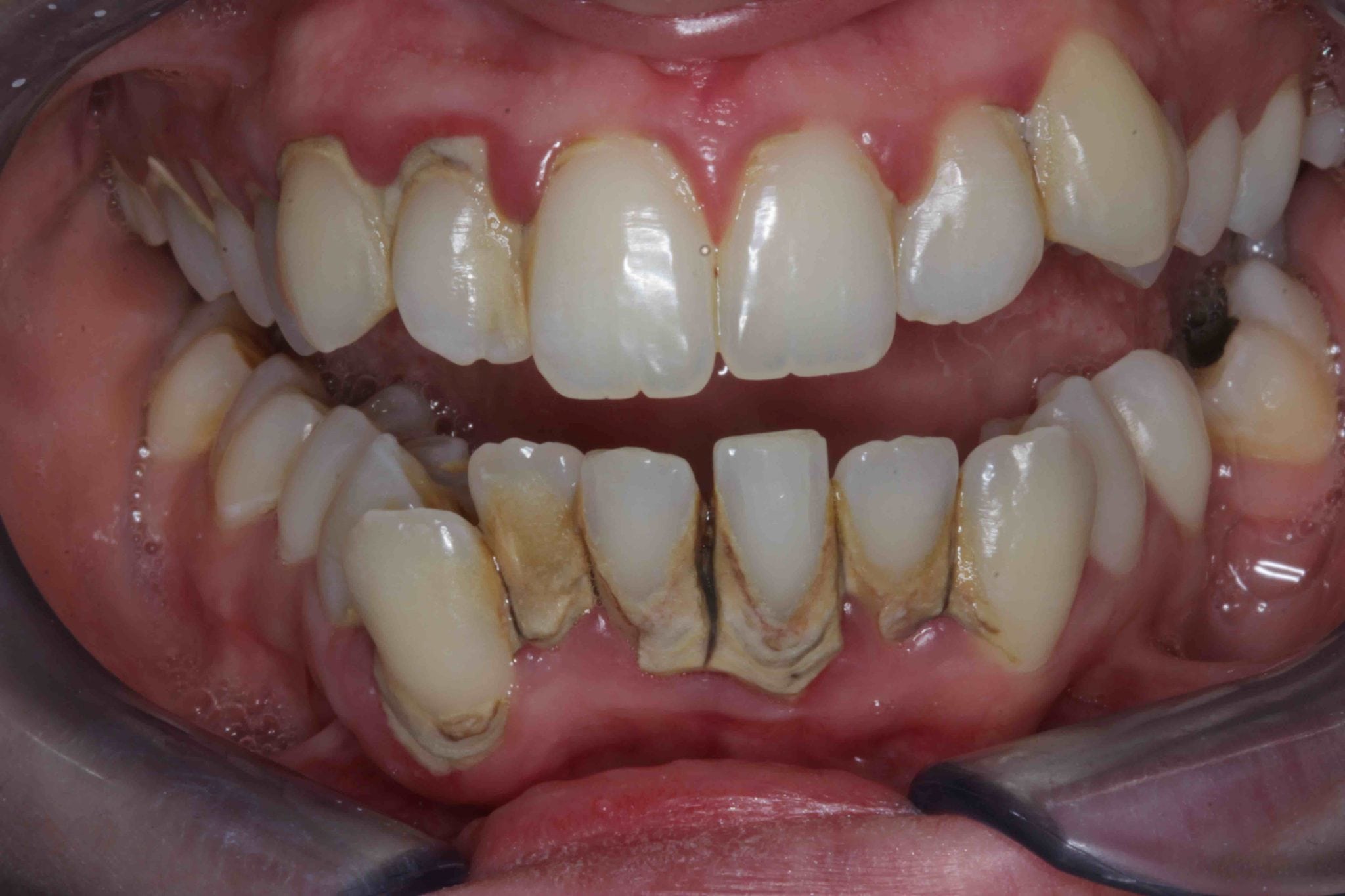
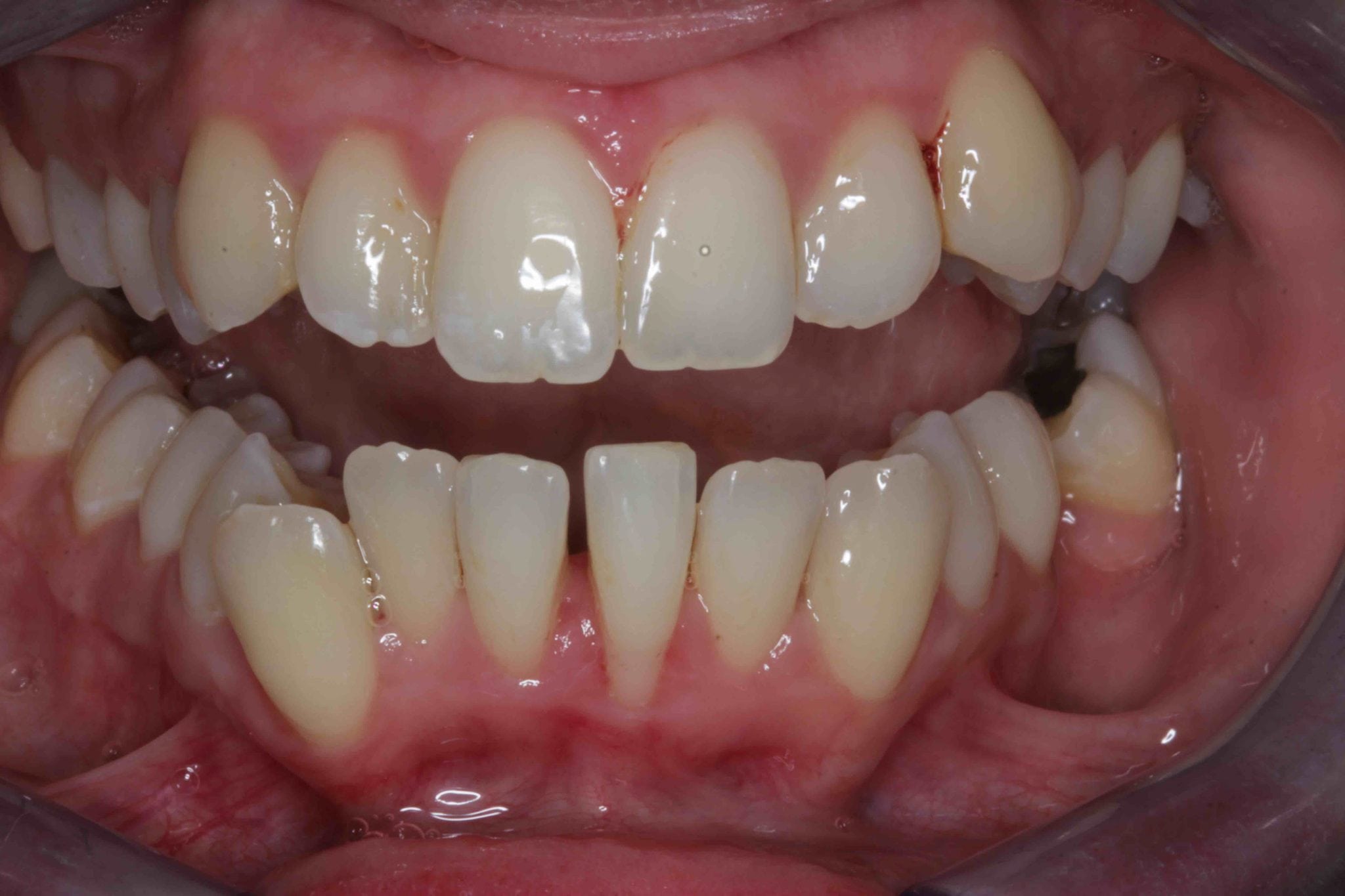
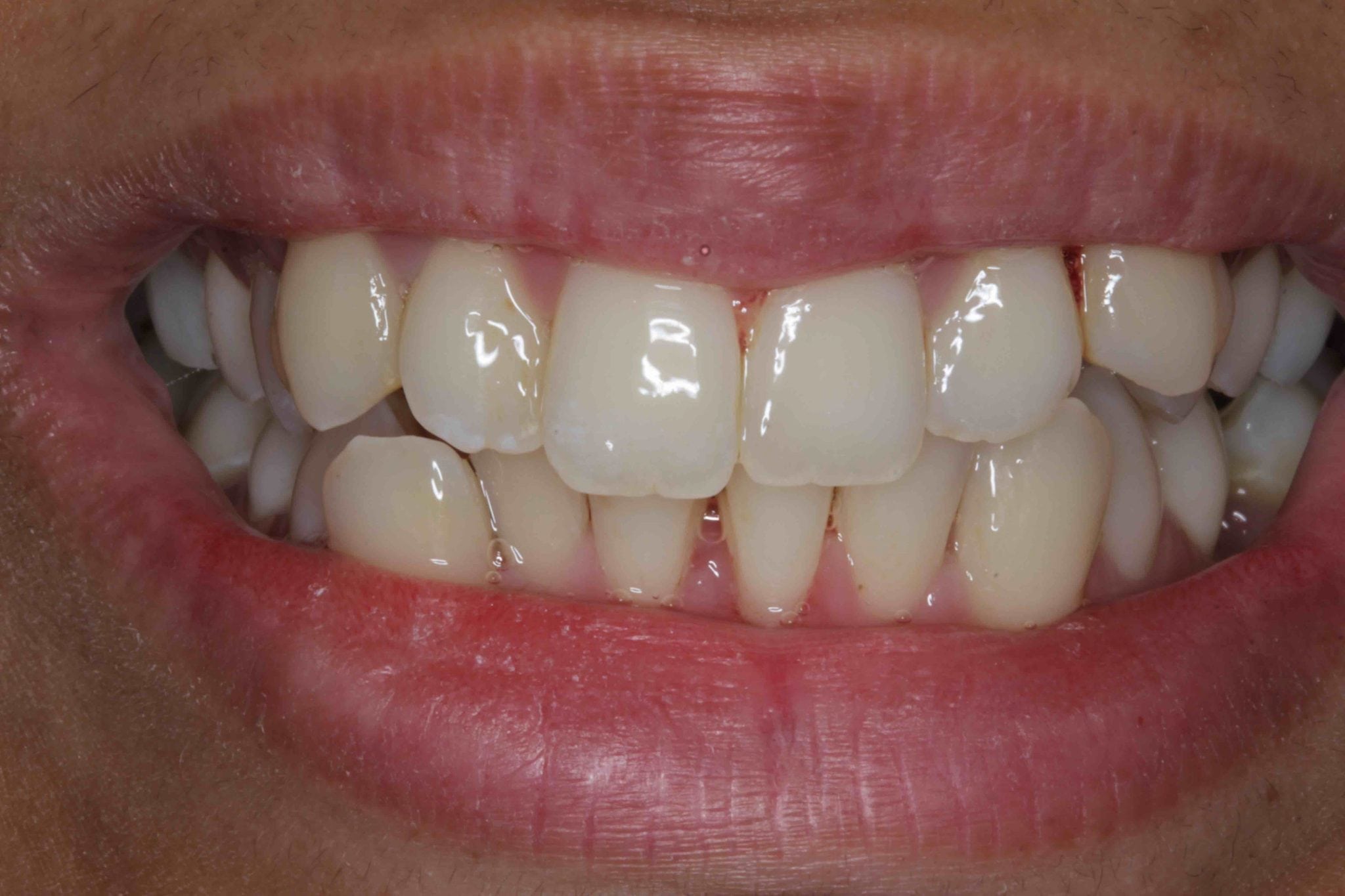
Porcelain Veneers vs. Braces Before After Problem: Patient presented with an advanced periodontitis (progressive gum disease ) , misaligned bite, crooked teeth and sever gum recession.
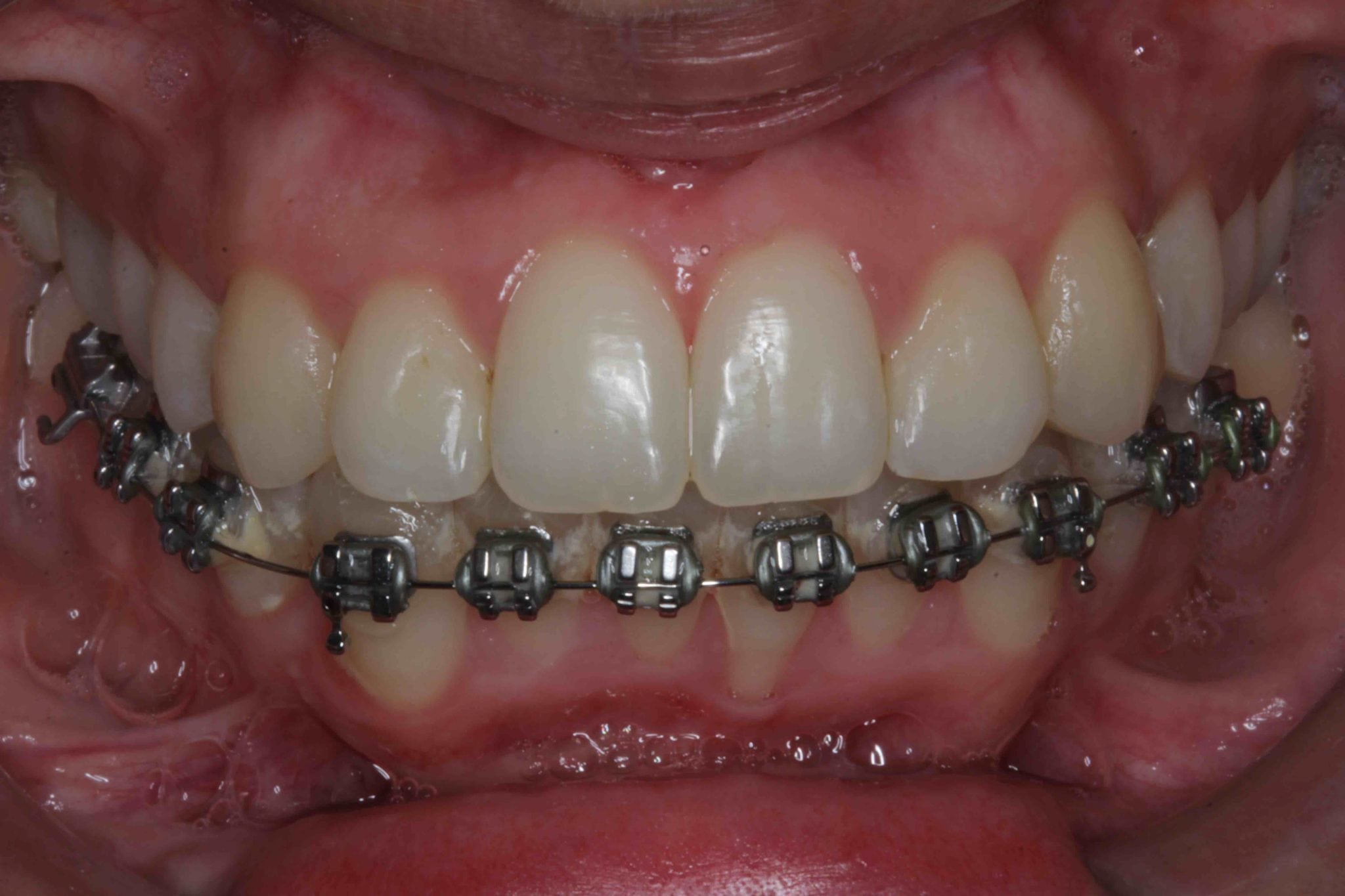
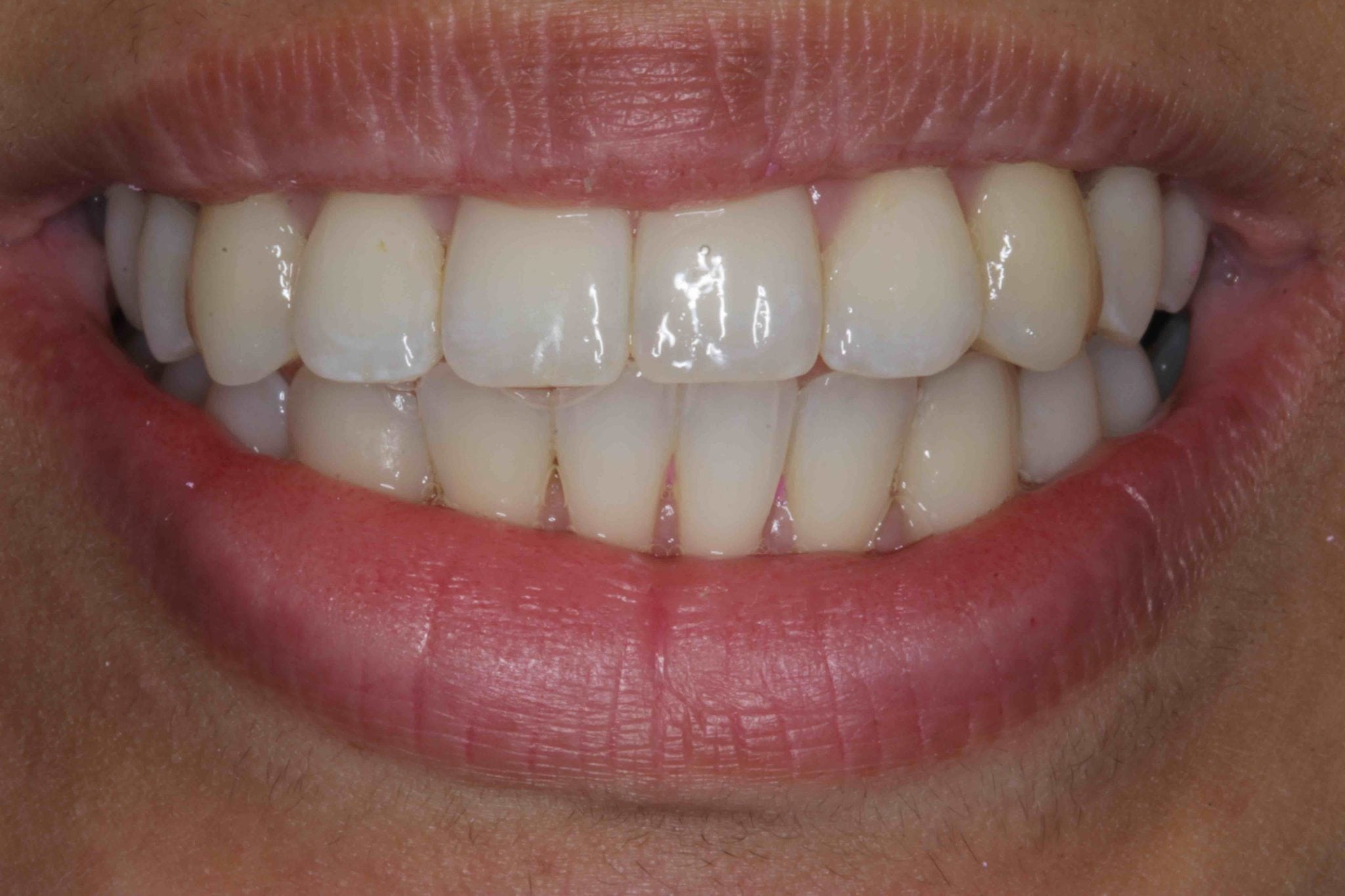
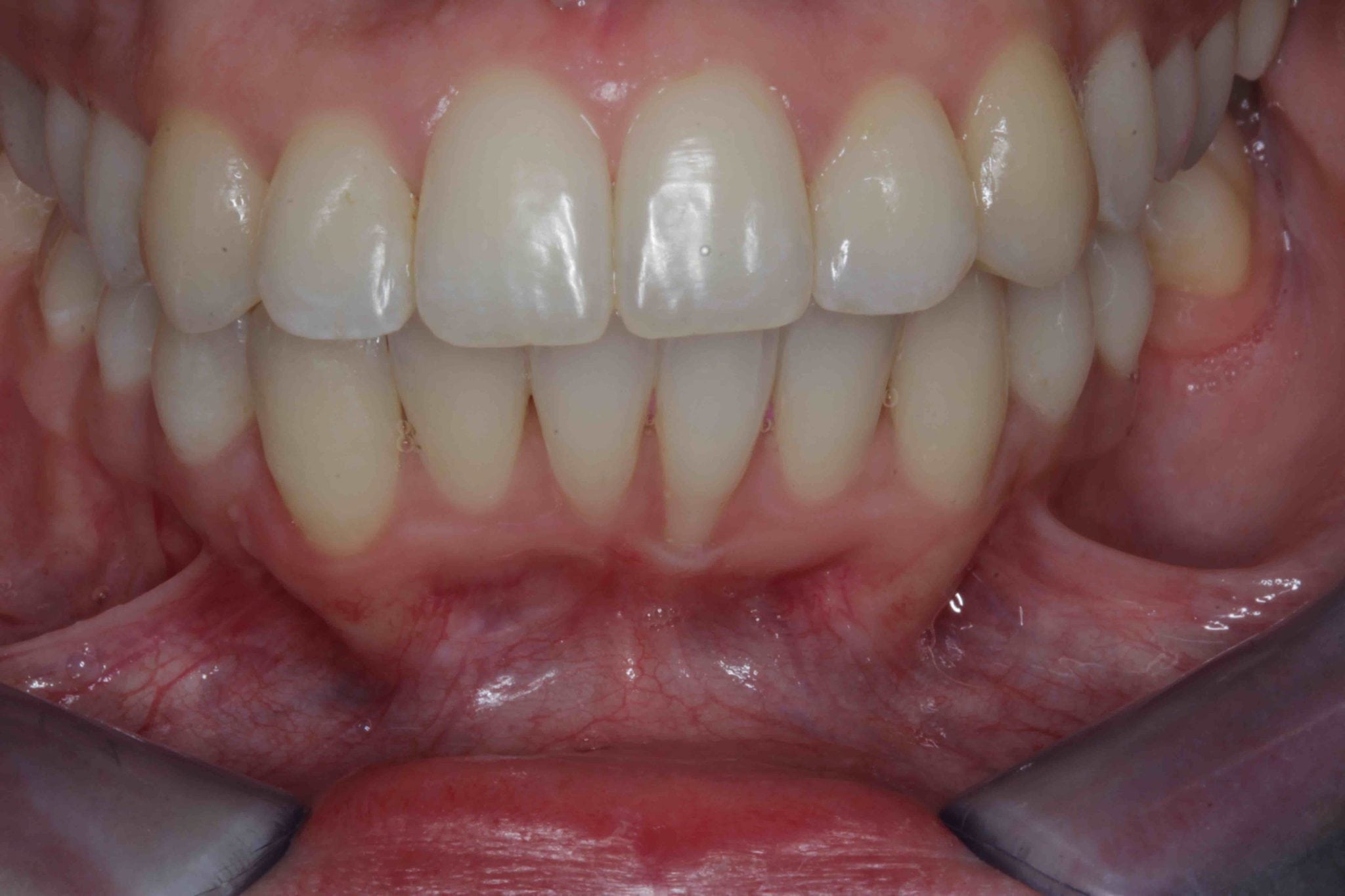
Porcelain Veneers vs. Braces Smile Before After Solution: Treatment of gum disease with several hygiene appointments with intensive oral hygiene instructions , in Combination with of both orthodontic treatment to correct the bite and positioning of the teeth and ultra-thin porcelain veneers to change the shape, size the colour of the teeth.
What Are Braces ?
Dental braces are orthodontist appliances that are used to shift and move teeth gradually over time. They are used to correct misalignments of the teeth, as well as various abnormalities related to the bite.
Treatment time varies by individual requirements, but on average patients spend between one and three years in braces. Regular visits to the orthodontist are required during the treatment period, so the progression of the treatment can be monitored and adjusted.
Traditional braces are composed of brackets that are attached to the front of the teeth, stainless steel bands that are cemented to the teeth, arch wires that attach to the brackets and guide tooth movement, and small elastic bands that attach to brackets. Dental braces have a broad range of shapes, styles and accessories, allowing wearers to personalise their look.
Advantages of Braces
Orthodontic Treatment with braces leave your teeth intact, so they are a non-invasive way to straighten your smile. Additionally, braces can correct alignment issues with the jaw or bite, which can affect your overall health. Left untreated, malocclusions (misalignments) can cause many physical problems including:
- Tension headaches
- Inflammation of the jaw joints (TMJ)
- Earaches
- Neck pain
- Receding gums
- Loose teeth
- Tooth loss
Limitations of Braces
Most people consider the biggest drawback of braces to be the treatment time, as well as the long-term aftercare needed to maintain results. The treatment period in braces usually is followed by the use of a retainer to prevent teeth from moving back to their original positions.
Your will typically required to wear a retainer all the time for several months after removing your braces, and at night for several years more.
What Are Dental Veneers ?
Dental veneers are thin, custom-made shells of tooth-like material designed to cover the front surface of the teeth to improve their appearance. Porcelain Veneers: Resist stains and mimic the light-reflecting properties of natural teeth. They are routinely used to fix:
Teeth that are discoloured. This could be from a variety of reasons such as the result of root canal treatment, medications, excessive fluoride use or filled cavities that have changed the appearance and colour of the tooth
Teeth that are worn down, chipped or broken
Teeth that are irregularly shaped or have gaps between them
To determine whether dental braces or porcelain veneers are most appropriate, you and your cosmetic dentist will have to weigh the pros and cons of each option, as well as the factor in the health of your teeth and your cosmetic requirements.
What are the Disadvantages of Dental Veneers?
- For dental veneers to fit correctly, it is necessary to remove some of the tooth’s enamel to compensate for the thickness of the veneer. This is irreversible, and you will be committed to wearing veneers for the rest of your life.
- If your teeth are quite crowded the veneers may need to be quite thick and bulky to bring everything into line. Some patients find this irritating, and they can be more difficult to clean and maintain.
- Dental veneers are unlikely to last a lifetime as your gums naturally recede, you may begin to notice a gap between your gum line and the top of the veneer.
What are the Benefits of Dental Veneers?
- Dental veneers can improve not only the position of your teeth, but also their shape and colour.
- Dental veneers can usually be fitted within few visits to your dentist
- Porcelain veneers do not change colour over time and are stain resistant
- Dental veneers can be very natural looking.

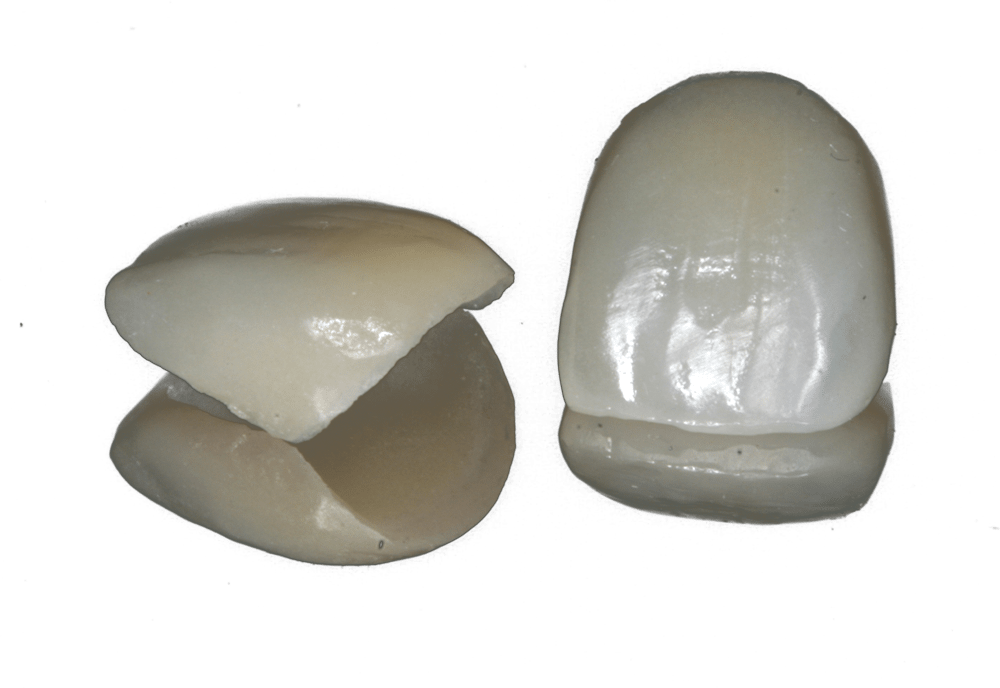
How are Veneers placed?
To prepare the teeth, the dentist usually removes a small amount of enamel from the front and sides of the teeth. This makes room for the veneers so that your teeth look natural.
- Your cosmetic makes an impression, or mould, of the prepared teeth and decides also decides on the shade that will be best for your smile.
- The impression is sent to a dental lab that custom-makes the porcelain veneers to fit your teeth. This may take several days. The dentist may give you temporary veneers to wear in the meantime.
- At the next visit, the veneers are placed on the teeth to check the fit and shape. After any adjustments, the teeth are cleaned and the final approved restorations are bonded to your teeth.
Before You get Veneers !
Your teeth and gums must be healthy before you get veneers. Your dentist can treat any disease or decay before your veneers are placed.
- Veneers are not always the correct choice for patients who clench or grind their teeth, because the thin veneers may chip or break. If you clench or grind your teeth, your dentist may suggest you wear a plastic dental night guard while sleeping.
- Although your dentist removes as little tooth enamel as possible for veneers, the process cannot be undone once the enamel is removed.
- It is possible for veneers to come loose over time. In that case, new ones might be needed.
- As with all your dental care, discuss all your expectations and treatment options with your dentist. Regular dental visits are a must for keeping your teeth and gums healthy
Find out what’s best for you. Being well informed is the best way to make the right good choice. For cosmetic dentistry give our dentist a call on 01772 - 726932. Lane Ends Dental Practice is a leading porcelain veneers clinic situated in Preston, Lancashire. we’ll help you to determine which choice is right for you.
